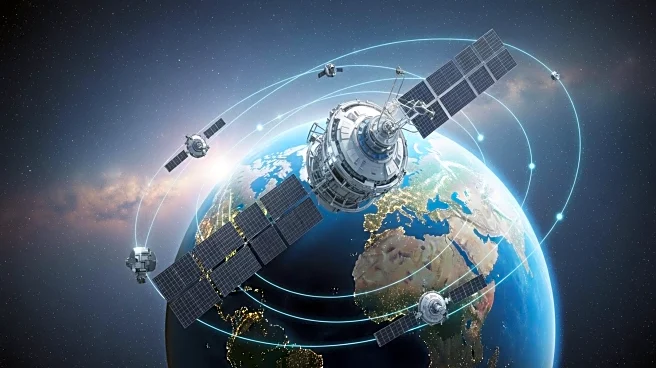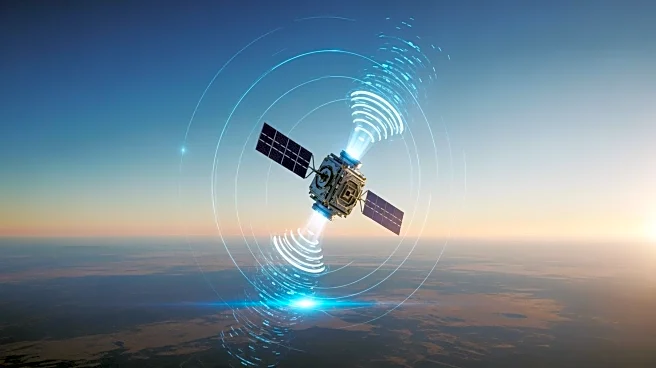What's Happening?
SpaceX has taken proactive steps to manage firefighting operations at its Starbase facility in Texas. The company has established its own firefighting team to ensure rapid response to any fire-related
incidents. This move comes as part of SpaceX's broader strategy to maintain safety and operational efficiency at its launch site. The decision to create an in-house firefighting unit reflects SpaceX's commitment to safeguarding its infrastructure and personnel, especially given the high-risk nature of rocket launches and associated activities.
Why It's Important?
The establishment of an independent firefighting team by SpaceX is significant for several reasons. Firstly, it underscores the importance of safety in the aerospace industry, where the potential for fire hazards is considerable. By managing firefighting internally, SpaceX can ensure quicker response times and tailored safety protocols, potentially reducing the risk of damage and enhancing overall operational security. This initiative may set a precedent for other aerospace companies to follow, emphasizing the need for specialized safety measures in high-stakes environments.
What's Next?
SpaceX's decision to handle firefighting internally may lead to further developments in safety protocols at its facilities. Other companies in the aerospace sector might consider similar measures, potentially leading to industry-wide changes in safety management practices. Additionally, SpaceX's approach could influence regulatory discussions on safety standards for private space companies, prompting a reevaluation of existing guidelines to accommodate innovative safety solutions.
Beyond the Headlines
The move by SpaceX to establish its own firefighting team highlights the evolving nature of safety management in the private space industry. It raises questions about the balance between regulatory oversight and corporate autonomy in ensuring safety. As private companies like SpaceX continue to push the boundaries of space exploration, the development of specialized safety measures may become increasingly important, potentially influencing future industry standards and practices.













